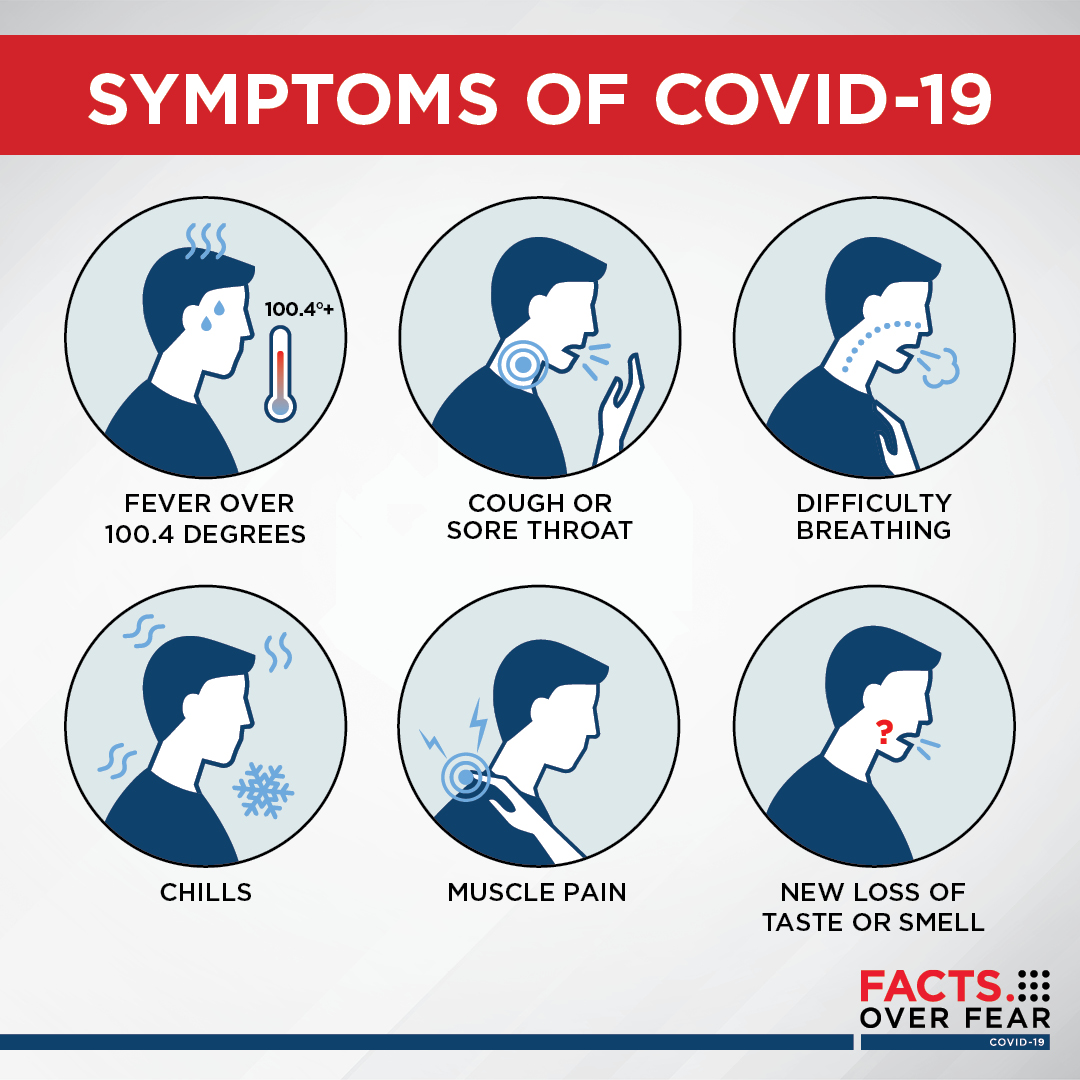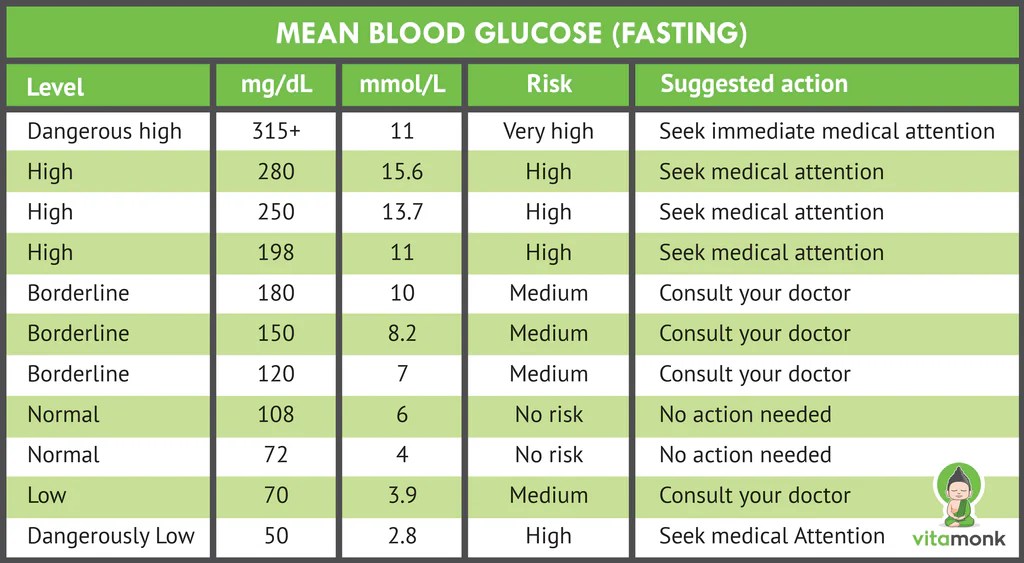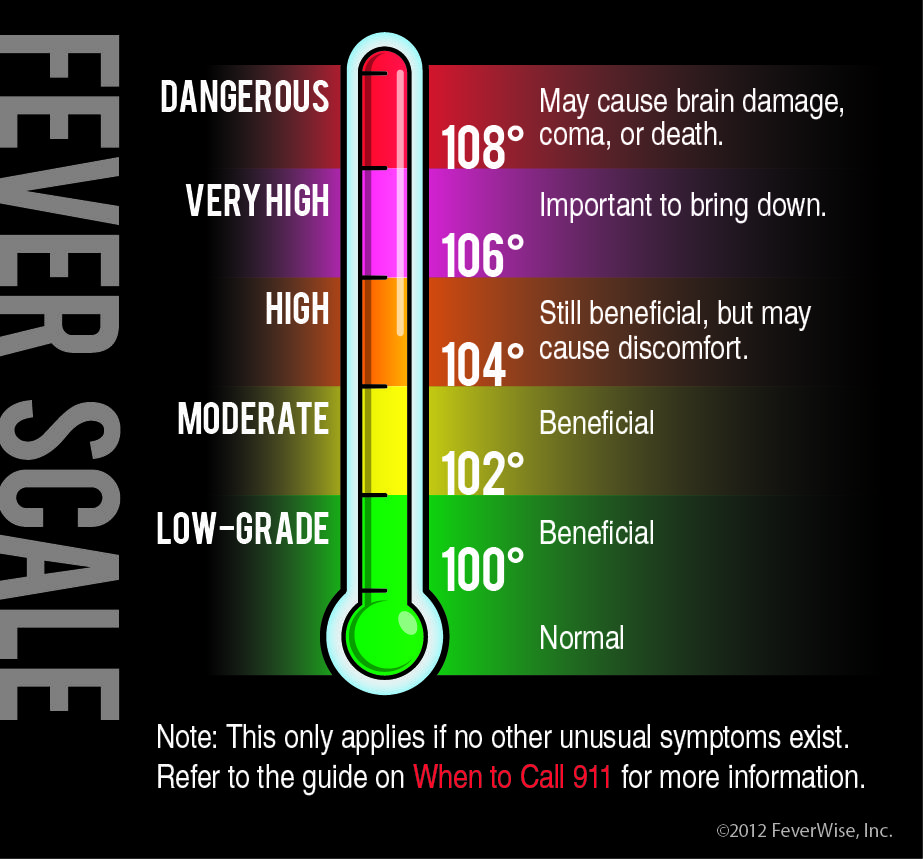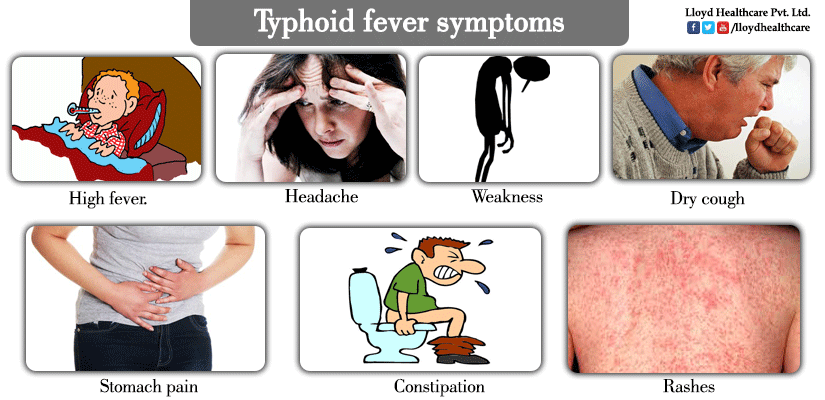What level fever is dangerous. When Fevers Get Dangerous: How High a Fever is Too High?
What level of fever is dangerous? How high is a fever that is too high? Discover the facts about fevers, when they are a concern, and how to manage them safely.
Understanding Fever Basics
Fever is a common symptom that indicates the body is fighting an illness or infection. It is not an illness itself, but rather a response of the immune system. Fevers are a normal part of the body’s defense mechanism, as they help the immune system combat viruses, bacteria, and other pathogens.
The average normal body temperature is 98.6°F (37°C), but it can vary throughout the day and between individuals. A fever is usually defined as a temperature above 99.5°F (37.5°C) in adults and children. Fevers can be caused by a wide range of conditions, including:
- Viral infections (e.g., flu, common cold)
- Bacterial infections (e.g., pneumonia, urinary tract infections)
- Heatstroke
- Autoimmune disorders
- Certain medications or illegal drugs
- Cancers
- Inflammatory conditions
When Should You Be Concerned About a Fever?
Not all fevers require medical attention. In fact, a mild fever can be a good sign that the body is working to fight off an infection. However, there are certain situations where a fever may be a cause for concern and warrant medical evaluation:

Fever in Infants and Young Children
Fever in infants under 3 months old should always be taken seriously and evaluated by a healthcare provider, as young infants are at higher risk of serious infections. Fever in children 3-36 months old may also require medical attention, especially if the child appears ill or the fever is high (over 104°F or 40°C).
High Fevers
Fevers over 104°F (40°C) in adults and children can be a sign of a more serious infection and may require medical intervention. Fevers this high should be monitored closely, and medical care should be sought if the fever persists or worsens.
Accompanying Symptoms
Seek medical care if the fever is accompanied by other concerning symptoms, such as:
- Severe headache
- Difficulty breathing
- Rash or bruising
- Confusion or delirium
- Persistent vomiting or diarrhea
- Severe pain
Treating Fevers at Home
For most mild fevers, supportive care at home is usually sufficient. Some tips for managing fevers include:
- Taking over-the-counter fever reducers like acetaminophen or ibuprofen, following dosage instructions
- Drinking plenty of fluids to stay hydrated
- Wearing lightweight, breathable clothing
- Avoiding cold baths or alcohol rubs, as they can actually raise body temperature
- Getting plenty of rest
If the fever persists for more than a few days or is accompanied by concerning symptoms, it’s important to seek medical attention. A healthcare provider can help determine the underlying cause and provide appropriate treatment.

Fevers in Special Populations
Certain individuals may be at higher risk for complications from fevers and should be monitored more closely:
Infants and Young Children
As mentioned, fevers in infants under 3 months old should always be evaluated by a doctor, as young infants are more susceptible to serious infections. Fevers in children 3-36 months old may also require medical attention, especially if the fever is high or the child appears ill.
People with Weakened Immune Systems
Individuals with conditions that weaken the immune system, such as cancer, HIV/AIDS, or organ transplants, are at higher risk for severe infections and should seek medical care for any fever.
Elderly Individuals
Older adults, especially those over 65, may have a diminished fever response and may not exhibit a high temperature, even when fighting a serious infection. Any changes in their health status should be evaluated by a healthcare provider.
Preventing Fevers
While fevers are often unavoidable, there are some steps you can take to help prevent them:

- Practice good hygiene, such as regular handwashing, to reduce the risk of infection
- Get recommended vaccinations to protect against certain illnesses
- Maintain a healthy lifestyle with a balanced diet, regular exercise, and adequate sleep
- Avoid exposure to known fever-causing agents, such as extreme heat or certain medications
Remember, fevers are a natural and often beneficial response to illness or infection. By understanding when a fever may be a cause for concern and seeking appropriate medical care, you can help ensure your health and well-being.
When Fevers Get Dangerous | iCare
Having a fever doesn’t necessarily mean that you need to visit a doctor. In fact, a fever can be a good sign because it shows that your body is fighting an illness or infection. A low-grade fever is an essential part of the immune response, and you will often feel better in a few days.
Why Does Fever Occur?
A fever isn’t an illness – it is a symptom of another health condition. Usually, the body develops a fever in response to an infection that is occurring. The illness or disease is detected, then the immune system kicks into gear to fight the virus or bacteria. This response stimulates the body’s defenses, sending out the white blood cells that are needed for protection. Fever can be caused by a variety of conditions, including:
- Flu
- Common cold
- Heatstroke
- Ear infections
- Pneumonia
- Sinus infection
- Internal infection
- Skin infection
- Bronchitis
- Urinary tract infections
- Blood clots
- Appendicitis
- Autoimmune diseases
- Rheumatoid arthritis
- Inflammatory bowel disease
- Cancer
- Hormone disorders
- Illegal drugs
Sometimes, fever is a temporary response to a specific cause. For example, young children often have a fever when teething or for a day or two after immunizations.
For example, young children often have a fever when teething or for a day or two after immunizations.
How Body Temperature Works
The average body temperature is 98.6 degrees F, but it is normal for the temperature to range between 97.7 degrees F and 99.5 degrees F throughout the day. For example, it is common for the body temperature to be higher in the evening compared to the morning. If the temperature goes above 99.5 degrees F, then it is considered a fever in both adults and children.
The body has built-in systems to maintain normal body temperature. Several organs affect temperature regulation, including the skin, brain, muscles, and blood vessels. If the body needs to cool down, then a few responses might occur:
- Sweat production increases to cool the skin
- Blood is moved closer to, or away from, the surface of the skin
- You feel the urge to move to a cooler environment
- Water in the body is retained or released through the sweat glands and urinary system
A fever is not the only factor that can increase body temperature. Heavy clothing, physical exertion, strong emotions, high heat and humidity, menstruation, and certain medications can increase body temperature. When you are taking a person’s temperature, check to ensure these other factors aren’t influencing the thermometer reading. For example, if a child has been running around, have them sit still for 20 minutes before using the thermometer to ensure you are getting an accurate reading.
Heavy clothing, physical exertion, strong emotions, high heat and humidity, menstruation, and certain medications can increase body temperature. When you are taking a person’s temperature, check to ensure these other factors aren’t influencing the thermometer reading. For example, if a child has been running around, have them sit still for 20 minutes before using the thermometer to ensure you are getting an accurate reading.
Tips for Lowering a Fever
Just because a person has a mild fever, doesn’t mean that you need to be proactive in lowering the fever. Often, the best solution is to let the fever run its course by resting at home and staying hydrated. If you notice that the fever is increasing in severity, then these are a few things that can be done at home to see if the fever can be managed without medical treatment:
- Take a lukewarm bath (not cold water)
- Place a cool washcloth on the forehead
- Use over-the-counter acetaminophen, according to dosage directions on the package.
 Choose children’s brand medication for young members of your family.
Choose children’s brand medication for young members of your family. - Adjust the thermostat in the house
- Remove blankets and heavy clothing
- Drink plenty of fluids, especially drinks with electrolytes to counteract the minerals lost through sweating
Even though ice baths and alcohol rubs are sometimes recommended as DIY fever treatments, these at-home methods should be avoided. Ice and alcohol rubs cause the body to shiver, which increases the internal temperature even more.
The main benefit of lowering a fever is to help the person be more comfortable, especially when they are trying to sleep at night. Additionally, body temperature regulation is essential to avoid potentially dangerous side-effects, such as seizures.
When is a Fever Dangerous?
A mild fever isn’t considered dangerous. If you or a family member has a low-grade fever with other common illness symptoms, then a few days of rest and healing at home might be just what the doctor ordered. But how do you know when it is time to seek medical attention? If the fever escalates, then it could potentially become dangerous.
But how do you know when it is time to seek medical attention? If the fever escalates, then it could potentially become dangerous.
These are a few signs that indicate you should seek medical attention immediately. Talk to the doctor if the fever is accompanied by:
- Bruising
- Rashes
- Difficulty breathing
Other signs that you need medical attention might include:
- You’ve recently received one or more vaccinations
- You visited another country recently
- You have a serious pre-existing condition
- A child seems confused or delirious
- A child won’t stop crying
- The person has a weakened immune system or other medical complications
Fevers in Children vs. Adults
One determining factor regarding whether medical care is needed is based on the severity of the fever and the age of the person. You should talk to a doctor when these criteria are met:
- 0 – 3 Months Old: The child has a rectal temperature at or above 100.
 4 degrees F
4 degrees F - 3 – 12 Months Old: An oral temperature reading is at or above 102.2 degrees F
- 2 Years Old – Teenage Years: If the child’s fever lasts more than 24 – 48 hours
- Adults: If the fever is above 103 degrees F and lasts more than 48 hours. Any time an adult fever reaches 105 or more, talk to a doctor right away.
Medical Treatment for Fever
Since a fever is a symptom of an underlying condition, it is important to obtain an accurate diagnosis to determine the best treatment plan. For example, antibiotics might be recommended for a bacterial infection, such as an ear infection or strep throat.
If you need medical care right away, then visiting an Urgent Care might be the most effective solution. At our clinic, you don’t have to schedule an appointment or wait for an opening. Walk-ins are welcome! Your entire family has access to fast treatment for a variety of injuries and illnesses.
Visit us anytime to access high-quality services from our board-certified medical team. We provide both urgent care services and emergency treatments. Call iCare ER and Urgent Care if you have questions about available services, or if you would like to schedule an appointment.: (214) 407-8668.
How To Know If You Should Go To The ER For A Fever
If you are otherwise healthy and alert, having a low-grade fever may not necessarily be cause for concern. However, an elevated temperature can be indicative of another process or illness that needs to be treated. A severe or prolonged fever can even cause complications on its own. Because there are a number of possible causes of fever, many of which trigger a similar set of symptoms, it can be challenging to self-diagnose your condition. The expert team of board-certified physicians at both of iCare ER & Urgent Care’s convenient locations in Frisco and Fort Worth, TX provides prompt and reliable evaluation, diagnosis, and treatment for patients presenting with fever. Find out more about the possible causes of fever here, and learn what situations may warrant a visit to the ER for fever.
Find out more about the possible causes of fever here, and learn what situations may warrant a visit to the ER for fever.
What is a fever?
For most adults, a normal body temperature is between 97°F and 99°F, though 98.6°F is generally accepted as the standard of normal. When a patient’s body temperature becomes elevated to 100.4°F or higher, he or she is considered to have a fever. Oftentimes, a fever indicates that the body is fighting off a virus, infection, or another pathogen. Common symptoms of a fever include:
- Sweating
- Chills
- Headache
- Body aches
- Fatigue
- Loss of appetite
What causes a fever?
There are a variety of potential reasons why a person’s body temperature may become elevated, either temporarily or for several days or weeks. Some of the most common causes of a fever include:
- Virus
- Infection
- Cold and/or flu
- Stomach bug
- Recent vaccination
- Heat exhaustion
How long does a fever last?
Depending on the cause of the fever, the patient’s overall health, what treatments are given, and other factors, a fever can last anywhere from several hours to several weeks. For some of the most common illnesses, such as the flu, most people demonstrate an elevated temperature for about 2 – 4 days.
For some of the most common illnesses, such as the flu, most people demonstrate an elevated temperature for about 2 – 4 days.
How high is too high for a fever?
Fever of 103°F or above is considered high grade and should be treated immediately. However, even a low-grade fever may be a sign of a dangerous problem for infants and babies. If you are concerned about fever in your infant, your child, or yourself, visit your nearest Fort Worth or Frisco emergency room within iCare ER & Urgent Care’s unique dual-hybrid facility.
When should you go to the ER for a fever?
For patients who are otherwise healthy, alert, and have an obvious explanation for their low-grade fever – such as a cold – at-home remedies and monitoring may be sufficient. However, any fever above 103°F should be treated immediately in the ER. In addition, if you or your child are experiencing any of the following symptoms in conjunction with a fever, a trip to the ER is warranted:
- Confusion
- Severe pain (abdominal pain, headache, muscle pain, etc.
 )
) - Sensitivity to light
- Skin rash or irritation
- Protracted nausea or vomiting
- Inability to eat or drink
- Difficulty breathing
- Chest pain
- Seizure
- Inability to stay awake
- Fever of 103°F or higher
- Fever lasting longer than 3 – 4 days (children)
- Any fever (infants)
How is a fever treated in the ER?
To determine the cause of your fever, one of our board-certified ER physicians in Frisco or Fort Worth will perform a thorough examination, take a detailed health history, measure certain vital signs, and possibly draw laboratory studies. Depending on the severity of your condition, the cause of your fever, and other factors, your physician will recommend the most appropriate course of treatment, which may include antibiotics, other medications, fluids, and rest.
Get prompt treatment and rapid relief for your fever by visiting your nearest emergency room in Frisco or Fort Worth, TX
Although some fevers can be treated at home, many cases of fever may indicate a serious problem and should be evaluated immediately. If you are concerned about a high-grade fever or any fever that is accompanied by abnormal or protracted symptoms, visit your nearest iCare ER & Urgent Care center in either Fort Worth or Frisco, TX to be evaluated by one of our professional board-certified physicians for your acute illness and to get the effective treatment and rapid relief you deserve.
If you are concerned about a high-grade fever or any fever that is accompanied by abnormal or protracted symptoms, visit your nearest iCare ER & Urgent Care center in either Fort Worth or Frisco, TX to be evaluated by one of our professional board-certified physicians for your acute illness and to get the effective treatment and rapid relief you deserve.
Fever ✅ Information for Patients from Experts Sanmedekspert
Fever in a child or adult is always a serious cause for concern. Why it appears when you need to urgently see a doctor, and when you don’t need to knock it down, how to properly reduce it at home – these and many other questions are answered by experienced specialists of our clinic.
The most optimal temperature for biochemical processes in the human body is from 36.5 to 37.2°C. If the thermometer shows deviations of 1 – 1.5 ° C up or down, then it means that the body has failed. An elevated temperature is called up to 39°С, and high – from 39°С.
Types of temperature:
- Norm – from 35°С to 37°С.
 This indicator directly depends on many factors: time of measurement, gender, age of the person.
This indicator directly depends on many factors: time of measurement, gender, age of the person. - In case of hyperthermia, the temperature is above 37°C. This condition is due to a violation of the mechanisms of thermoregulation: an excess of heat from outside or, conversely, difficult heat transfer. For example, clothes that are too warm, heat stroke, sunstroke, burns, physical activity, etc.
- Fever (fever) is a protective reaction of the body to the appearance of foreign agents in it:
- fungal infection,
- viruses,
- bacteria,
- pathological process – for example, damage to the nervous system, hemorrhage, inflammation, trauma, etc.
In fever, thermoregulatory mechanisms are preserved. There are mild fever (38 – 38.5 ° C), moderate (38.6 – 39.5 ° C) and high (above 39.5 ° C). Temperatures above 40.5 – 41°C are a serious danger to life.
Causes of fever
- Colds.
- Viral and bacterial infections.

- Rheumatism.
- Inflammatory processes in the internal organs.
- Eruption of milk teeth in children.
- Overeating.
- Physical overload.
- Period before menses in women, etc.
Is it true that fever is good for you?
Light heat activates the body’s defenses. As soon as the “invasion of the enemy” occurs, all organs begin to release pyrogen proteins into the blood. They, in turn, trigger an increase in temperature and the production of antibodies and interferon protein, which kill harmful microorganisms. By artificially lowering the temperature with drugs, we interfere with the immune system to fight the infection.
It has been proven that at a temperature of 38 – 38.5°C the following processes occur in the body:
- the production of antibodies to the pathogen and interferon increases;
- significantly slows down the reproduction of viruses and bacteria;
- the liver more effectively neutralizes toxic waste products of pathogenic microorganisms, and the kidneys excrete them faster with urine;
- there is an increased activity of enzymes;
- bactericidal properties of blood serum and lymph increase.

A slight fever, although unpleasant in its symptoms, helps to recover faster. By knocking it down, we expose ourselves to even greater danger. After taking an antipyretic, a person will, of course, feel much better, but an undefeated infection will remain inside, continue to spread quietly throughout the body and can provoke serious complications to the kidneys, such as pyelonephritis or cystitis.
How to help the body with a fever?
- Do not raise the temperature artificially.
Do not take a hot bath, do not steam your feet, do not put mustard plasters and alcohol compresses, do not drink alcohol, hot milk, tea, coffee, do not wrap yourself in blankets.
- Drink plenty of fluids.
Drink should be plentiful and warm, it can be at room temperature, and always unsweetened. Best of all – mineral water with lemon, lingonberry or cranberry juice. The blood becomes more liquid, toxic substances are excreted faster, the body does not suffer from dehydration. Sugary drinks are dangerous because water will come out with sweat, and glucose will become an additional food source for pathogens.
Sugary drinks are dangerous because water will come out with sweat, and glucose will become an additional food source for pathogens.
- Sweat properly and stay in bed
Intense sweating is a natural thermoregulatory mechanism during fever. Evaporating from the skin, sweat cools the body and prevents it from overheating. Wrapping the patient in several blankets and insulated pajamas, we prevent the sweat from evaporating. A person with a fever should be dressed in cotton clothing and lie under a light, thin blanket. Linen should be changed as it gets wet.
- Cleanliness and fresh air.
The room must be clean and well ventilated. As a rule, a sick person breathes through his mouth, which means that, together with moist, stale air, an infection will quickly penetrate into his lungs. The air temperature in the room should be approximately 22°C – 24°C. It is extremely important that there are no drafts.
- Do not wipe your body with vodka or alcohol.

Alcohol vapors evaporate very quickly and cause severe hypothermia and severe chills. It is best to wipe the body with a sponge dipped in warm water, or put the patient in a cool bath for a while.
- Food should be light
All fried, salty, fatty, spicy foods and alcohol should be excluded from the diet during illness. The best choice is low-fat broths, juices, fruit drinks, fresh and boiled fruits, vegetables.
How to bring down the temperature correctly and in what cases should it be done?
You need to start lowering the temperature if it is above 38-38.5°C, lasts more than 3-5 days or the thermometer approaches 40°C. You can do this in the following ways:
- the patient should drink plenty of warm, unsweetened liquids;
- cold compresses applied to the forehead, neck, wrist, armpits and groin areas, as well as cool foot baths and wet sheet wraps, work well;
- wiping should be done as follows: moisten a towel in warm water, first wipe your face with it, and then hands, body and legs;
- A cooling bath will help reduce the temperature and flush out toxins.
 First, the patient is placed in a warm bath, then cold water is gradually added to it up to a temperature of 30 ° C;
First, the patient is placed in a warm bath, then cold water is gradually added to it up to a temperature of 30 ° C; - Antibiotics can only be prescribed by a doctor. Before his arrival, you need to take antipyretics.
When do you need to urgently call an ambulance?
- The thermometer shows above 39.5°C.
- Fever is accompanied by abdominal pain (especially in the elderly and children), vomiting, weakness, limited movement, visual disturbances, or severe neck muscle tension (the person cannot tilt the chin to the chest).
- Children under the age of 10 have a very dry, barking cough. In combination with temperature, this symptom indicates an inflammatory narrowing of the larynx (false croup).
- If the temperature rises above 38°C very quickly, within 1-2 hours. This is especially dangerous if a child under 6 years of age is sick, and he has already experienced convulsions during heat – in this case, even a small temperature of 37.
 5 ° C is fraught with serious consequences.
5 ° C is fraught with serious consequences. - Mild fever is dangerous for people with convulsive readiness and cardiovascular disease.
If fever is accompanied by weakness, pain in the joints and muscles, blurred vision, consciousness, headache, convulsions, shortness of breath, you should immediately consult a doctor. Also, be sure to make an appointment if you have a slightly elevated temperature for more than 7 days.
Temperature 39.3 °C in adults and children
Rinza®
>
Colds and flu
>
About temperature
>
What to do at 39°C?
>
Temperature 39.3 °C
art_temperature_39-3c.png
Temperature 39.3 °C
26.06.2023
9 0010
56 594
8 minutes
Author, editor and medical expert
Klimovich Elina Valerievna.
Editor
Harutyunyan Mariam Harutyunovna
Contents:
- Possible causes of fever 39.
 3 °С in adults
3 °С in adults - Causes of temperature increase up to 39.3 °С in children
- Why is the temperature of 39.3 °С dangerous?
- Temperature of 39.3°C without symptoms: possible causes
- What should I do if the temperature of 39.3°C does not go away for a long time (2, 4 or more days)?
Contents of the article Possible causes of a temperature of 39.3 ° C in adults.3 ° C? Temperature 39.3 ° C without symptoms: possible causes What to do if the temperature of 39.3 ° C does not go away for a long time (2, 4 or more days)?
An increase in body temperature (hyperthermia) is a protective reaction of the body to the penetration of viruses, bacteria, the development of an inflammatory process 1.2 . In this state, it is recommended to keep bed or semi-bed rest, not to overcool and follow all medical recommendations 3 . Hyperthermia can occur suddenly, against the background of minor external manifestations. And many people just don’t know what to do at 393 ° C, so as not to harm your health and not aggravate your situation. The main thing is not to panic. If the temperature on the thermometer is 39.3 ° C, then you need to contact a specialist as soon as possible. Self-medication can lead to serious complications.
And many people just don’t know what to do at 393 ° C, so as not to harm your health and not aggravate your situation. The main thing is not to panic. If the temperature on the thermometer is 39.3 ° C, then you need to contact a specialist as soon as possible. Self-medication can lead to serious complications.
What to do at 39°C
What to do at 39.1°C
What to do at 39.2°C
What to do at 39.3°C
What to do at 39.4°C
90 002 What to do at a temperature of 39.5 °C
What to do at a temperature of 39.6 °C
What to do at a temperature of 39.7 °C
What to do at a temperature of 39.8 °C
What to do at a temperature of 39.9 °C
adults
Viral infections. Viruses are the most common cause of fever up to 39.3°C. Diseases caused by such pathogens, in most cases, occur with high body temperature, runny nose, cough, chills, muscle aches, which occurs in response to the release of toxins by microorganisms that actively multiply in the body of an adult during the development of acute respiratory infections, influenza, parainfluenza and other similar diseases 3,4,5 .
Exacerbation of chronic ENT diseases and respiratory pathologies. Diseases such as laryngitis, tonsillitis, sinusitis, bronchitis, in a chronic form, can often recur against the background of hypothermia or the development of respiratory viral diseases 3.5 .
Intestinal infections. A temperature of 39.3 °C in an adult may occur against the background of active reproduction of infectious pathogens affecting the gastrointestinal tract 3.4 . In this case, hyperthermia is accompanied by diarrhea, abdominal pain, and vomiting is also possible.
Inflammation of the joints. In adults, high body temperature is often diagnosed against the background of exacerbation of arthritis and other diseases of the articular tissues. Patients complain of general malaise, muscle pain, limited mobility in the diseased joint. The skin over it turns red and becomes hot to the touch 4 .
Causes of fever up to 39.
 3 °C in children
3 °C in children
An increase in a child’s temperature to 39.3 °C or more frightens parents who do not know what to do and how to deal with such a condition. It is important to understand that hyperthermia in childhood can lead to dangerous complications, up to respiratory arrest 2 . Therefore, in no case should you self-medicate, but you should show the child to a qualified specialist. The doctor will conduct an examination, prescribe laboratory tests and other diagnostic methods, the results of which can make an accurate diagnosis and select an effective treatment.
Common causes of fever above 39 °C in childhood:
- flu. The disease is based on a viral infection, which is accompanied not only by hyperthermia, but also by severe headaches, muscle aches, and in young children often also nausea and vomiting;
- rhinovirus infection. It occurs against the background of an acute respiratory disease provoked by a rhinovirus, which causes a severe runny nose, nasal congestion and short-term fever with fever;
- intestinal flu (rotavirus infection).
 The causative agent is rotavirus, which causes symptoms of enteritis and gastroenteritis, damages the cells of the small intestine, causing vomiting and diarrhea in the child;
The causative agent is rotavirus, which causes symptoms of enteritis and gastroenteritis, damages the cells of the small intestine, causing vomiting and diarrhea in the child; - ENT diseases. In childhood, viral infections are often complicated by laryngitis, sinusitis, otitis media, causing a temperature rise above 39 ° C;
- overheating of the body or prolonged crying sometimes causes a short-term increase in body temperature in young children;
- Teething can also cause high body temperature, and hyperthermia occurs not only in infants, but also in preschoolers and schoolchildren when changing milk teeth to permanent ones 1,2,3 .
What should I do if the temperature
39.3 °C does not pass for a long time?
Why is 39.3°C dangerous?
Temperatures above 39°C are dangerous for both children and adults 1.2 . It can lead to irreversible consequences in the central nervous system, dehydration of the body and disruption of the cardiovascular system 1. 2 . Against the background of hyperthermia, blood viscosity often increases, which can provoke thrombus formation 2 .
2 . Against the background of hyperthermia, blood viscosity often increases, which can provoke thrombus formation 2 .
A high body temperature is especially dangerous for a child. Children, due to their age and mental characteristics, cannot clearly talk about their feelings. If a child is sick, he needs to measure his body temperature several times a day so as not to miss its sharp increase. Against the background of severe hyperthermia in childhood, convulsions and respiratory disorders often occur 1,2,5 . In such cases, it is obligatory to take special children’s antipyretics approved for a child of a certain age 1.5 .
The temperature of 39.3 °C must be brought down
Experts recommend not to bring down the body temperature if it is below 38 °C in children and below 38.3 °C in adults 2 . But it must be taken into account that each organism is individual, and if the state of health worsens against the background of even a slight hyperthermia (up to 38 ° C), then, as prescribed by a specialist, it is worth taking an antipyretic agent that has a complex effect, including reducing muscle aches and headache 3 .
Children have a particularly hard time with high body temperature. Against the background of hyperthermia, they may experience vomiting and diarrhea, severely reduced appetite and disturbed sleep 5 . Experiments with drugs in childhood can be a direct threat to the child’s life. Medicines should be prescribed by a pediatrician.
Temperature of 39.3 °C without symptoms: possible causes
The appearance of a high body temperature without symptoms of a specific disease is very frightening and confusing. If such a condition recurs periodically, it is necessary to undergo a comprehensive diagnosis of the body as soon as possible in order to find out the true causes of hyperthermia 4.5 .
Infectious diseases at an early stage can sometimes be accompanied by only an increase in body temperature – without other symptoms. Additional symptoms appear later, after a few days. You may feel slightly unwell and your body temperature rises above 38°C. And only after 1-2 days there are such symptoms as a runny nose, nasal congestion, cough, redness of the throat 3 .
And only after 1-2 days there are such symptoms as a runny nose, nasal congestion, cough, redness of the throat 3 .
Some chronic diseases are almost asymptomatic, against the background of a short-term increase in body temperature 4 . To make an accurate diagnosis and prescribe treatment, it is necessary to conduct an examination and obtain test results. The person himself may not notice the manifestations of viral or bacterial infections, requiring not only the intake of antipyretics, but also other medications.
An increase in body temperature without symptoms of a viral infection is possible in childhood during teething. The child tries to scratch his gums, is naughty, sleeps badly and refuses to eat. Diarrhea may occur.
High body temperature disrupts the course of internal biochemical reactions, negatively affects the functioning of the nervous and cardiovascular systems 1.2 . In order to prevent the development of complications and adverse effects of hyperthermia, it is recommended to take antipyretic drugs that are graded by age and are available for adults and children separately 1,3,5 . Do not give your child drugs intended for adults, even if the temperature of 39.3 ° C does not go astray. In this case, it is advisable to call an ambulance without taking rash independent actions.
Do not give your child drugs intended for adults, even if the temperature of 39.3 ° C does not go astray. In this case, it is advisable to call an ambulance without taking rash independent actions.
What should I do if the temperature of 39.3 °C does not go away for a long time (2, 4 or more days)?
To reduce high fever, many parents choose RINZASIP® multi-symptom for children, which does not contain glucose and is approved for use from 6 years of age 6 . The product has a raspberry flavor. Children like it, and they are happy to take sweet medicine at a temperature and signs of a viral disease. The drug allows you to reduce the manifestations of a cold, eliminates muscle pain 6 .
Adults and adolescents over 15 years of age can take RINZASIP® with Vitamin C, which not only fights fever and discomfort, but also provides additional immune support due to the content of vitamin C 7 .
The information in this article is for reference only and does not replace professional medical advice.

 Choose children’s brand medication for young members of your family.
Choose children’s brand medication for young members of your family. 4 degrees F
4 degrees F )
) This indicator directly depends on many factors: time of measurement, gender, age of the person.
This indicator directly depends on many factors: time of measurement, gender, age of the person.


 First, the patient is placed in a warm bath, then cold water is gradually added to it up to a temperature of 30 ° C;
First, the patient is placed in a warm bath, then cold water is gradually added to it up to a temperature of 30 ° C; 5 ° C is fraught with serious consequences.
5 ° C is fraught with serious consequences. 3 °С in adults
3 °С in adults  The causative agent is rotavirus, which causes symptoms of enteritis and gastroenteritis, damages the cells of the small intestine, causing vomiting and diarrhea in the child;
The causative agent is rotavirus, which causes symptoms of enteritis and gastroenteritis, damages the cells of the small intestine, causing vomiting and diarrhea in the child;